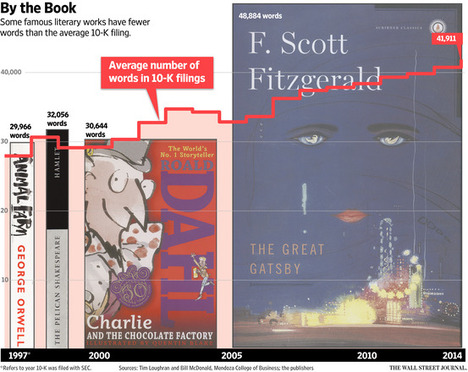(p. 6) Computers and robots are already replacing many workers. What can young people learn now that won’t be superseded within their lifetimes by these devices and that will secure them good jobs and solid income over the next 20, 30 or 50 years? In the universities, we are struggling to answer that question.
. . .
Some scholars are trying to discern what kinds of learning have survived technological replacement better than others. Richard J. Murnane and Frank Levy in their book “The New Division of Labor” (Princeton, 2004) studied occupations that expanded during the information revolution of the recent past. They included jobs like service manager at an auto dealership, as opposed to jobs that have declined, like telephone operator.
The successful occupations, by this measure, shared certain characteristics: People who practiced them needed complex communication skills and expert knowledge. Such skills included an ability to convey “not just information but a particular interpretation of information.” They said that expert knowledge was broad, deep and practical, allowing the solution of “uncharted problems.”
. . .
When I arrived at Yale in 1982, there were no undergraduate courses in finance. I started one in the fall of 1985, and it continues today. Increasingly, I’ve tried to connect mathematical theory to actual applications in finance.
Since its beginnings, the course has gradually become more robotic: It resembles a real, dynamic, teaching experience, but in execution, much of it is prerecorded, and exercises and examinations are computerized. Students can take it without need of my physical presence. Yale made my course available to the broader public on free online sites: AllLearn in 2002, Open Yale in 2008 and 2011, and now on Coursera.
The process of tweaking and improving the course to fit better in a digital framework has given me time to reflect about what I am doing for my students. I could just retire now and let them watch my lectures and use the rest of the digitized material. But I find myself thinking that I should be doing something more for them.
So I continue to update the course, thinking about how I can integrate its lessons into an “art of living in the world.” I have tried to enhance my students’ sense that finance should be the art of financing important human activities, of getting people (and robots someday) working together to accomplish things that we really want done.
For the full commentary, see:
ROBERT J. SHILLER. “Economic View; What to Learn in College to Stay One Step Ahead of Computers.” The New York Times, SundayBusiness Section (Sun., MAY 24, 2015): 6.
(Note: ellipses added.)
(Note: the online version of the commentary has the date MAY 22, 2015, and has the title “Economic View; What to Learn in College to Stay One Step Ahead of Computers.”)
The Levy and Murnane book mentioned above, is:
Levy, Frank, and Richard J. Murnane. The New Division of Labor: How Computers Are Creating the Next Job Market. Princeton, NJ: Princeton University Press, 2004.
Some of the core of the Levy and Murnane book can be found in:
Levy, Frank, and Richard Murnane. “Book Excerpt: The New Division of Labor.” Milken Institute Review 6, no. 4 (Dec. 2004): 61-82.


